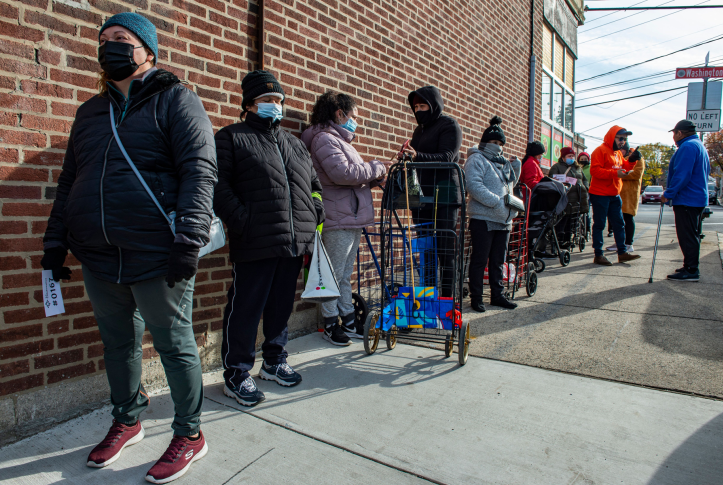There is increasing pressure on frontline clinicians, particularly those in primary care, to assess patients for social needs — for instance, poverty, housing instability, food insecurity, and unemployment — which can be potent drivers of health outcomes. While identifying these needs is important, without resources to address them directly or the ability to partner with community-based organizations, clinicians are left powerless. Being pushed to assess without resources can be a source of frustration and burnout for clinicians who are motivated to help their patients.
To address this issue, policymakers are exploring adjusting health care payments to include patients’ social risk and increase resources to clinicians and community partners. To aid in this endeavor, experts and stakeholders from federal agencies, health systems, payers, patient groups, and academia participated in a workshop and created an initial agreement on basic principles:
- clinicians caring for disadvantaged populations require increased funding to address social needs
- payment adjustments should be sufficient to address social needs
- accountability for funding reaching practices and serving patients is needed but should not increase clinician burden
- policy targets must include improved health outcomes and equity, not just overall savings.
To achieve these objectives in Medicare and Medicaid payments, there are issues policymakers must consider. First, participants agreed that policymakers should focus on using small-area deprivation measures — that is, measures based on health in neighborhoods, such as the Area Deprivation Index (ADI) or Social Deprivation Index — in addition to the patient-specific characteristics and health conditions already included in risk adjustment. These indices are based on several social drivers of health (e.g., poverty, unemployment). People living in neighborhoods with lower index scores are more likely to have worse health outcomes as well as higher costs. The indices are valuable for payment adjustment because they are reliable, low-burden, transparent tools for assessing patient and population social risk. The Assistant Secretary for Planning and Evaluation — tasked by Congress and the Secretary of Health and Human Services to identify the policy options to address these issues — reported that these indices are currently the best choice for payment adjustment.
Small-area measures of social risk in payment adjustment have already been implemented successfully in state and federal programs. For example, the Massachusetts Delivery System Reform Incentive Payment Program, launched in 2017, adjusts Medicaid payments based on 27 patient characteristics and the Neighborhood Stress Score, a small-area deprivation index. The Maryland All-Payer HEART (Health Equity Advancement Resource and Transformation) Payments program similarly uses ADI plus patient health complexity to substantially increase payments to providers to meet social needs. In Medicare, the recently announced Accountable Care Organization Realizing Equity, Access, and Community Health will include a health equity benchmark adjustment using a combination of ADI and dual eligibility for Medicare and Medicaid to identify and make higher payments to ACOs serving populations with high social risk. Finally, the Medicare Shared Savings Program would allow new ACOs to receive advance payments using ADI for dual-eligible beneficiaries and those in high-deprivation areas.
The payment amount itself will be a critical factor. Providers know addressing social needs is important and ethical, but it can be a source of burnout if they do not have the needed resources, time, or staffing to identify social needs and connect patients to services. As a result, experts in the workshops recommend policymakers ensure payment adjustments are sufficient to allow the hiring of care navigators or community health workers to help families connect to support services or for launching technology to make and track referrals. Experts also suggested making payments higher as the social and medical risk of patients increases.
For patients covered by Medicaid, experts agreed policymakers should push for consistency across states. Workshop participants stressed that success should be measured in terms of social needs being met and health outcomes improved, rather than in terms of cost savings. Evidence shows addressing social needs can generate savings for providers and payers, particularly in the Medicaid program which is already underresourced. However, participants stressed that savings should not be the primary goal.
Growing disparities in health outcomes are driven by social drivers of health and lack of sufficient response. There is policy appetite for payment adjustment to support addressing social drivers of health. Policymakers can learn from the states that have tested approaches — including the Maryland and Massachusetts models mentioned above — to design and test various models, ensure payments are sufficient to address social needs, and develop broader solutions for disadvantaged populations.








